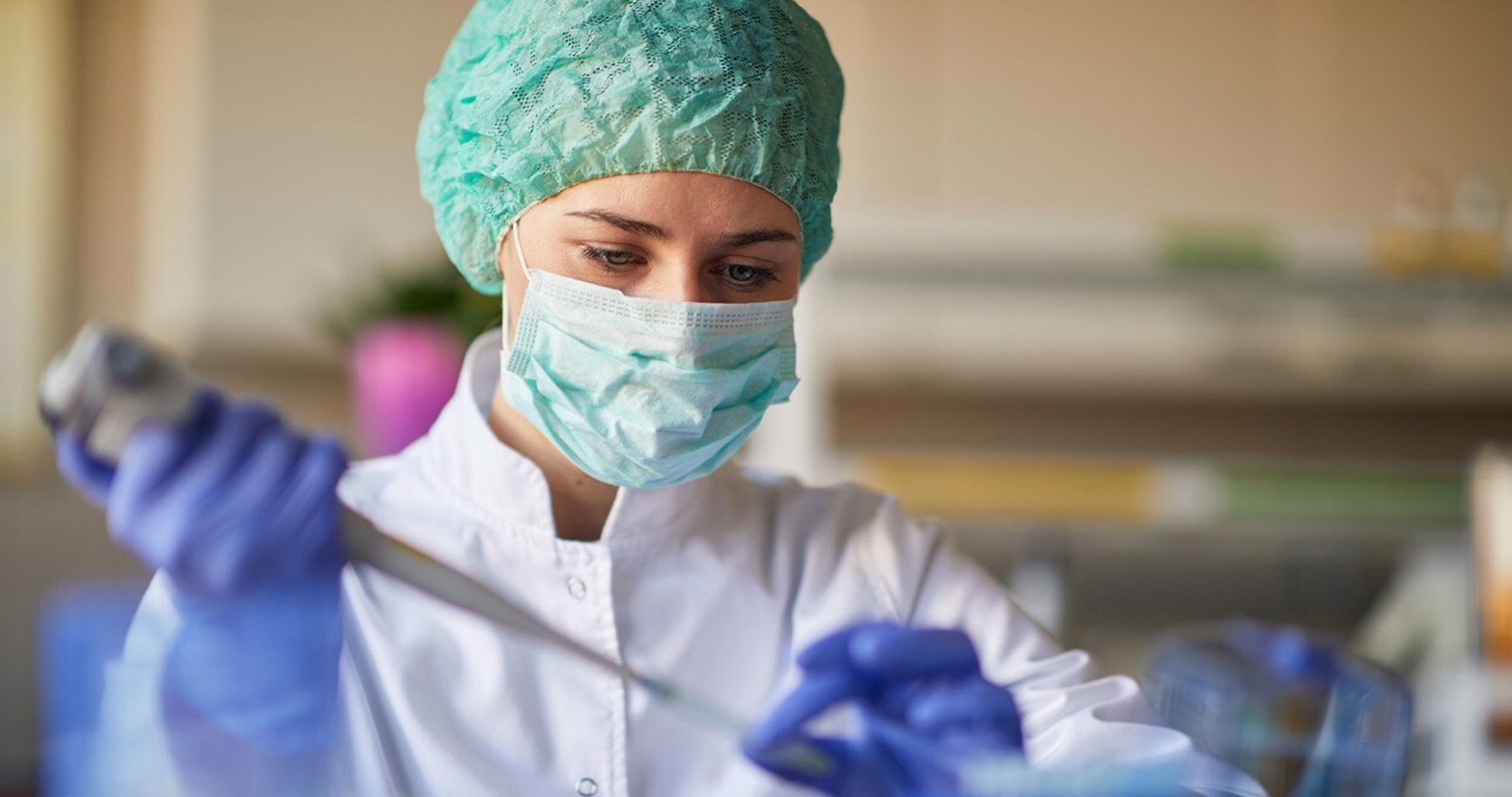IBT Paulina Mercadillo Herrera | CIF Clinical Monitor
Today, medicine seeks to rely on new scientific and technological tools such as biotechnology, which allow it to develop early diagnosis strategies; know the genetic particularities not only of the diseases but also of the patients and generate specialized treatments.
In this article we will talk about some innovative contributions of biotechnology to medicine according to different objectives.
In simple terms, biotechnology is defined as the use of living microorganisms or some of their products for human benefit, with the purpose of generating a product or solving a problem. For example: vaccines that are made from weakened viruses or bacteria.
Many years ago, doctors believed that, by sucking on sick patients, leeches could draw the patient’s blood and the disease at the same time. Today we know that this is not possible, however, “biotechnology proposes studying the enzymes in leech saliva as possible anticoagulants that can help treat strokes or heart attacks” (Thieman and Palladino, 2010: 261).
The latter is part of medical biotechnology, which, together with biotechnological therapies, have the objective of generating a therapy or medicine that is directed specifically to the tissue or cell that is diseased, or that is specific to the patient based not only on the disease but also on their genetics. A biotechnological therapy seeks to prevent healthy cells or tissues from being affected by the drug and for the treatment to be as effective and efficient as possible for each patient, it can reduce side effects and possibly the treatment time.
It is important to consider that even if a couple of people suffer from the same disease or are assigned the same treatment, they may not respond in the same way to it. This is because the differences we see in each person (phenotype) are defined by our genes (genotype). Genes can also give or remove the functionality of “something” in our bodies. In this case, they can make a medicine work or not work for the patient with certain diseases.
We call “pharmacogenetics the way in which genes affect the functioning of a drug” (Gutiérrez, 2004). For example: there are people who with a headache can take paracetamol and the discomfort ends, but there will be others who do not find this medication effective and have to take another or modify the dose. This is due to a possible variation in their genes, which justifies the basis for creating an option for personalized therapy based on the genetic profile of each patient.
One of the most studied biotechnological therapies at present, but also with the most controversy, is gene therapy. According to Thieman and Palladino (2010), “this consists of administering (healthy) therapeutic genes to correct defective genes that have triggered a disease” (275). Consider a person who has bone cancer because he has a gene “on” (expressed) that should be “off” (silenced). Gene therapy will seek to specifically bring a sequence to that “turned on” gene that can “turn it off”, to prevent cancer cells from continuing to reproduce.
The advantage of gene therapy is that it is completely targeted and there will be no way to damage other genes. Its disadvantages are the high cost compared to other treatments and the ethical implications that are triggered around the issue; for example, the fact that various experimental designs in animals are required to prove that the therapy is feasible in humans.
Various gene therapies targeting patients with rheumatoid arthritis are currently being studied worldwide. “One of them seeks to regulate or correct the gene that is damaged, the patient is administered a therapeutic gene that allows avoiding or delaying the expression of the defective gene. The second option consists of designing siRNAs (very small ribonucleic acid molecules) that are directed to the inflamed joints, with this it is sought that the defective gene stops being expressed (Cisneros, 2017).
The nanobiotechnology (nanotechnology + biotechnology) proposes the ideal transport to be able to introduce these targeted or personalized drugs, as well as the correct genes, to the specific areas of the body where they are required. For this, nanoparticles of materials that are not toxic to the body, such as polymers or gold, are designed. For example, there are gold nanoparticles that contain a specific drug for cancer. These nanoparticles have a cover that makes it possible to identify the diseased cell that they have to target. Once it reaches her, the nanoparticle releases the drug without impacting healthy cells.
As described above, biotechnology, in its medical field, proposes and provides solutions that allow facing various diseases from a more specialized and innovative perspective. Biotechnological therapies are the boom of our days as they seek to make early diagnoses more efficient, generate personalized medications, and design gene therapies, among others, to provide greater life expectancy to the patient or improve their quality of life during their treatment.
REFERENCES
*Thieman, W and Palladino, M. (2010). Introduction to biotechnology. Ed. Pearson. Madrid Spain. pp. 261-275.
*Gutierrez, R. (2004). Pharmacogenetics: personalized medicine. Rev Cubana Farm v.38 n.3 City of Havana. Retrieved on June 17, 2020 fromhttp://scielo.sld.cu/scielo.php?script=sci_arttext&pid=S0034-75152004000300012
*Cisneros, A., Felgueres, M., Et. al. (2017). Therapeutic strategies for rheumatoid arthritis: towards biotechnological therapies. Ed. Medigraphic. Disability Research. Vol. 6, No. 2, May-August 2017. Pp 69-87.




